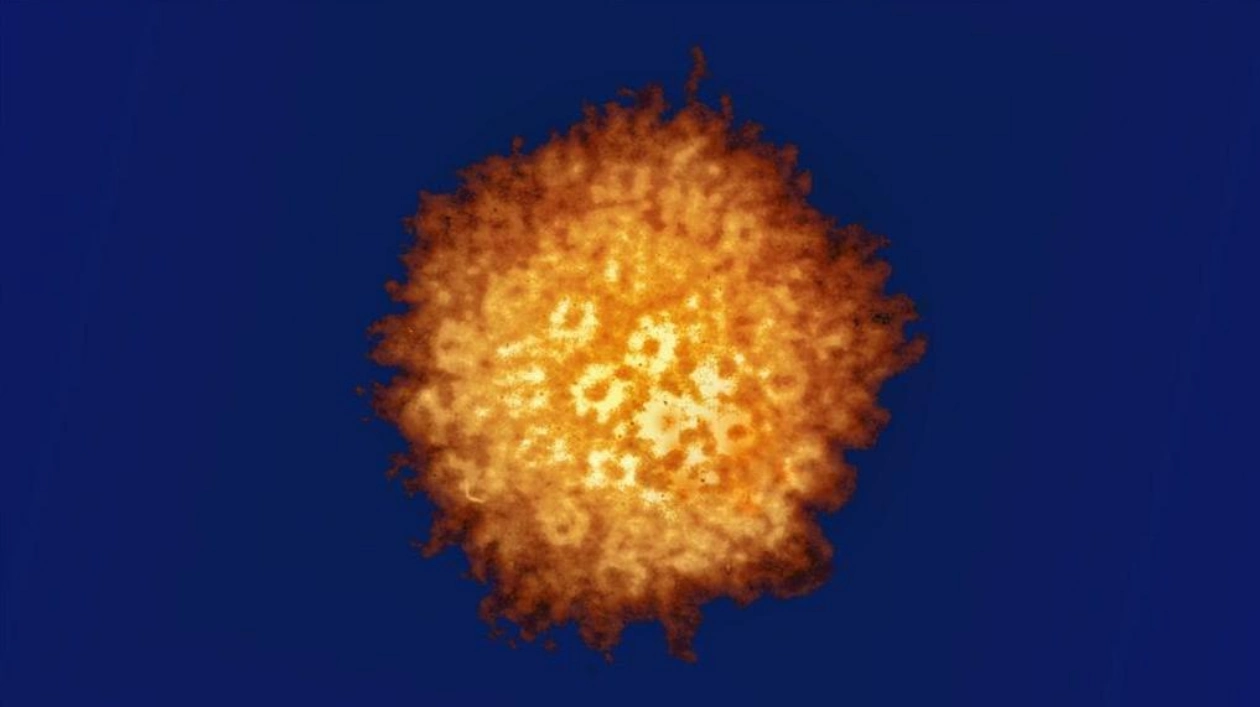The words “herpes” and “spread” in the same sentence usually don’t bring good news. Unless, of course, you’re discussing a novel virus with a unique twist. This virus carries designer DNA known as a gene drive, which can spread from one herpes simplex virus to another. Researchers believe this could be a groundbreaking step towards a new treatment for the infection, as reported on September 17 in Nature Communications.
Currently, the research team has demonstrated that their gene drive DNA sequence can successfully copy and paste itself into the genomes of other herpes viruses during an infection in mice. The ultimate goal, according to Keith Jerome, a virologist at the Fred Hutchinson Cancer Center in Seattle, is to develop a gene drive virus that effectively shuts down herpes simplex infections in humans. Jerome envisions a future where patients can confidently say, “You never have to worry about this virus again. It won’t cause disease, and you won’t infect others. It simply won’t matter in your life anymore.”
While some may view herpes as more of an annoyance than a serious health issue, Jerome emphasizes that these viruses significantly impact people’s health. They can cause a wide range of symptoms, from asymptomatic infections to severe, oozing sores around the genitals or mouth. Current treatments, such as antivirals, only suppress the virus rather than eliminate it. One of the challenges is that herpes can remain dormant in nerve cells for months or years before reactivating, leading to new outbreaks.
A therapy that could disable the dormant virus might offer a potential cure. Marius Walter, a virologist at Fred Hutch, recalls reading an article that claimed designing gene drives in viruses was impossible. This sparked his curiosity. For years, scientists have explored gene drives in insects, creating mosquitoes resistant to parasites that spread diseases like malaria. Walter wondered if a similar strategy could work in viruses, aiming for a gene drive that spreads from one virus to its neighbors.
In 2020, Walter and Eric Verdin of the Buck Institute for Research on Aging engineered a gene drive into a herpes virus that could jump to other viruses in a petri dish. This gene drive contained a CRISPR gene editor that cuts other viruses’ DNA, using the gene drive as a template for repair. In their latest work, Walter’s team tested this technique in mice, infecting them with two different viruses: one designed to glow yellow and the other a gene drive virus that produced a red fluorescent protein. The researchers observed both colors in mouse tissues, indicating that cells could be infected by multiple viruses simultaneously. Over time, the proportion of red virus increased, suggesting that the gene drive version had largely replaced the original yellow virus.
Nikolai Windbichler, a molecular biologist at Imperial College London, praises the study as a significant achievement. The team also demonstrated that the gene drive could spread to dormant viruses, a crucial step for future therapies. The next goal is to develop a viral gene drive that not only changes a virus’s color but also reduces its ability to cause disease or severe symptoms.
However, the technology is still far from being ready for therapeutic use. Hongsheng Dai, a virologist at Southern Medical University in Guangzhou, China, notes that some viruses in the study became resistant to the gene drive. Walter’s team remains optimistic, suggesting that targeting different areas of the viral genome could be a solution. Nonetheless, it will likely take years before this technology is ready for clinical use. The researchers must ensure the gene drive virus is safe and does not cause disease or spread between people.






